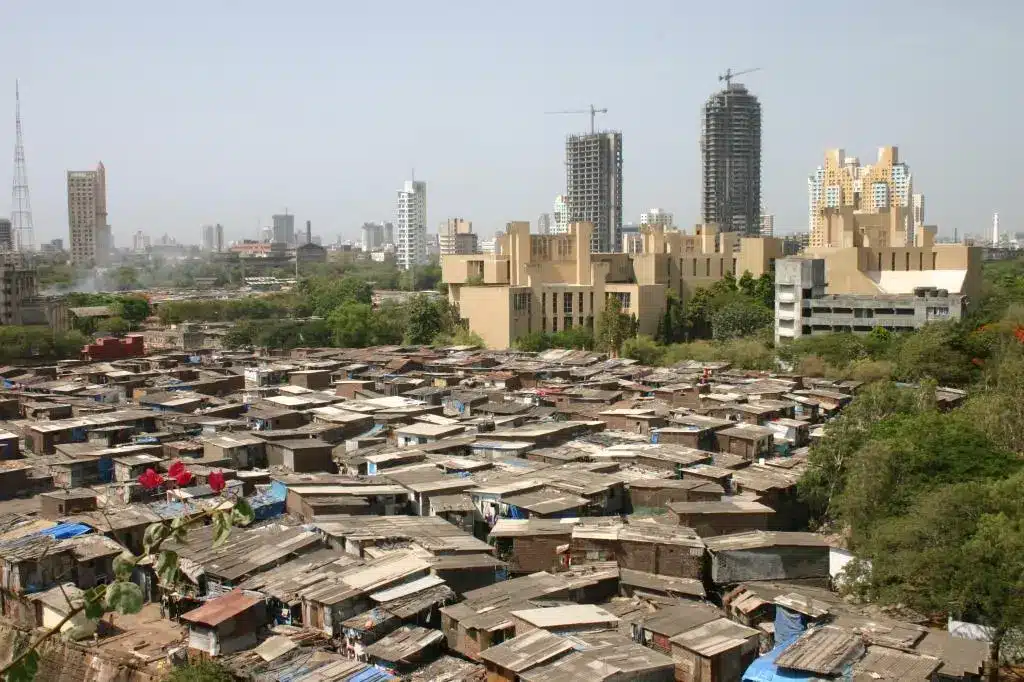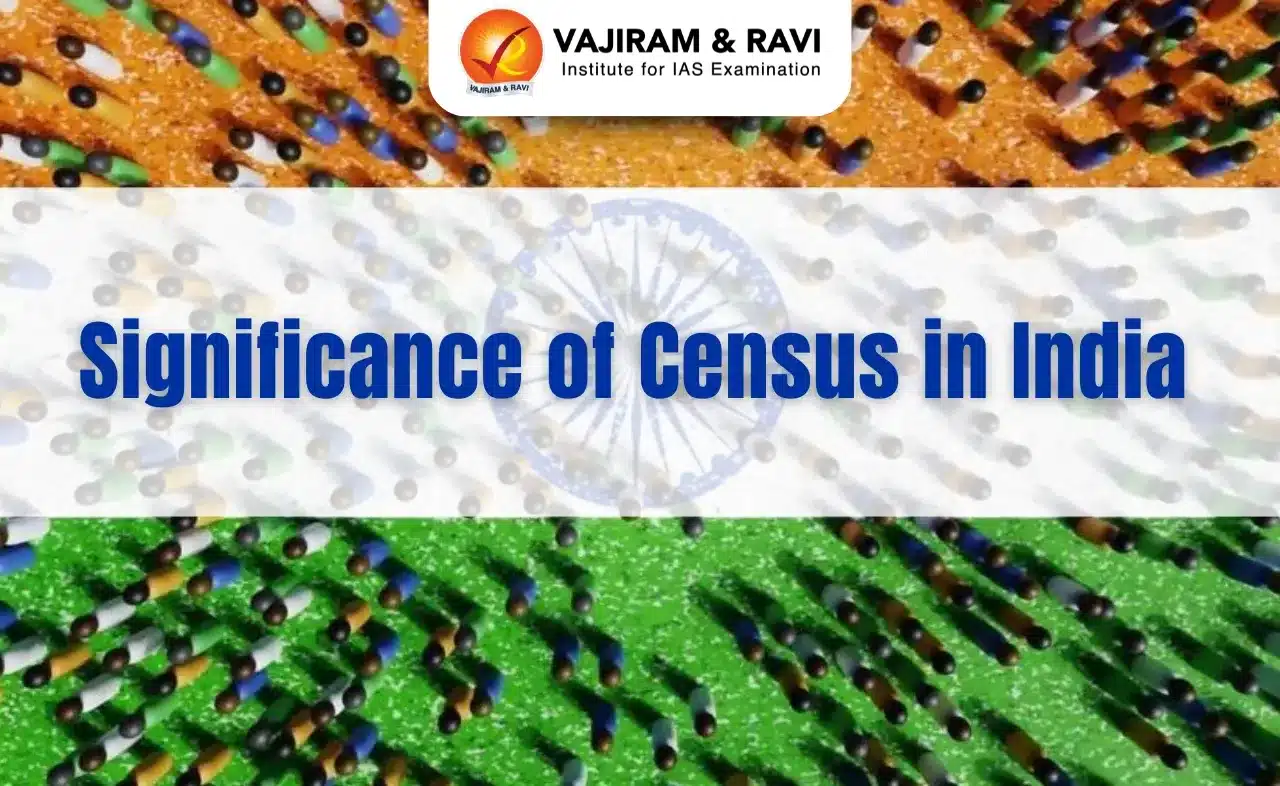What’s in Today’s Article?
- Why in News?
- What is K-Shaped Recovery?
- Income inequality in India: Highlights of the UNDP Report
- Highlights of the SBI Report
- Conclusion Drawn by the SBI Report
Why in News?
- According to the Economic Research Department of the State Bank of India (SBI), income inequality has declined in India with a higher tax base and a shift in taxpayers from lower income to higher income tax bracket.
- Terming the claims of K-shaped recovery as “prejudiced” and “ill-concocted”, the report also cited the transition of small firms into larger firms and consumption trends being indicative of “vanishing inequality”.
What is K-Shaped Recovery?
- A K-shaped recovery occurs when, following a recession, different parts of the economy recover at different rates, times, or magnitudes.
- Because the path of different parts of the economy when charted together may diverge, resembling the two arms of the Roman letter “K”, this type of recovery is called K-shaped.
- A K-shaped recovery leads to changes in the structure of the economy or the broader society as economic outcomes and relations are fundamentally changed before and after the recession.
- Causes of a K-shaped recovery:
- A K-shaped recovery can reflect creative destruction in an economy, which occurs when new technologies and industries replace older ones over the course of a recession.
- It can reflect the public policy response to a recession in terms of monetary and fiscal policy, which can benefit some segments of the economy more than others – leading to income inequality.
- It can simply reflect the differential impact that the initial recession had on different parts of the economy.
Income inequality in India: Highlights of the UNDP Report
- According to the report (“Making our Future: New Directions for Human Development in Asia and the Pacific”), amidst rapid growth but persistent disparity, the income distribution has become more skewed in India.
- The top 10% of the population get 57% of national income and the top 1% get 22% – one of the most unequal income distributions.
- There are similar gaps in wealth: the top 10% of the population controls 65% of the nation’s total wealth.
- There is growing evidence of a strong rise in wealth inequality, mainly in the post-2000 period.
Highlights of the SBI Report
- Between the assessment years 2013–14 and 2021–22, about 36.3% of taxpayers have moved from lower income to higher income tax bracket resulting in 21.3% additional income.
- The income-tax returns (ITRs) filed by individual taxpayers earning between Rs 5 – 10 lakh, climbed by 295%, showing a positive trend of migration to a higher range of gross total income.
- The number of ITRs filed by people earning between Rs 10 – 25 lakh increased by 291% while the total number of persons filing income tax increased to 7.4 crore in AY23 from 7 crore in AY22.
- Female tax filers are around 15%of the individual tax filers with certain states such as Kerala, Tamil Nadu, Punjab and West Bengal having higher share of female tax filers.
- On the share of top taxpayers in income, the report said that in FY14, the combined income of 23 individuals with income of more than Rs 100 crore was 1.64% of the total income of FY14.
- Even though the number of such individuals increased to 136 in FY21, the share of their combined income fell to 0.77%.
- Also, 19.5% of small firms have transitioned into larger firms through MSME value chain integration and consumption of the bottom 90% of the population has increased by Rs 8.2 lakh crore post pandemic.
- It also cited consumption numbers from food ordering platforms such as Zomato, calling it as the perfect example of case study to refute the claim that people are facing distress.
- The report also talks about the decline in sales of two-wheelers, and people are substituting two-wheelers with four-wheelers.
Conclusion Drawn by the SBI Report
- Growth is seen in all income classes but its skewness has been decreasing with convergence of income towards the middle from both top as well as bottom.
- The report said the claim of K-shaped recovery seems flawed, prejudiced, ill-concocted and fanning interests of select quarters to whom India’s remarkable ascendance is quite unpalatable.
- Income inequality captured through the Gini coefficient (one of the most widely used measures of income inequality) of taxable income has declined significantly from 0.472 to 0.402 during FY14-FY22.
Q1) What is the Gini Coefficient?
The Gini coefficient is a statistical measure of economic inequality in a population. The coefficient measures the dispersion of income or distribution of wealth among the members of a population.
Q2) What is the Gender Inequality Index (GII)?
The GII is an index for the measurement of gender disparity (in reproductive health, empowerment and the labour market) that was introduced in the 2010 Human Development Report 20th anniversary edition by the UNDP.
Source: Income inequality declines, says SBI research unit countering Kshaped eco recovery claims
Last updated on June, 2025
→ UPSC Notification 2025 was released on 22nd January 2025.
→ UPSC Prelims Result 2025 is out now for the CSE held on 25 May 2025.
→ UPSC Prelims Question Paper 2025 and Unofficial Prelims Answer Key 2025 are available now.
→ UPSC Calendar 2026 is released on 15th May, 2025.
→ The UPSC Vacancy 2025 were released 1129, out of which 979 were for UPSC CSE and remaining 150 are for UPSC IFoS.
→ UPSC Mains 2025 will be conducted on 22nd August 2025.
→ UPSC Prelims 2026 will be conducted on 24th May, 2026 & UPSC Mains 2026 will be conducted on 21st August 2026.
→ The UPSC Selection Process is of 3 stages-Prelims, Mains and Interview.
→ UPSC Result 2024 is released with latest UPSC Marksheet 2024. Check Now!
→ UPSC Toppers List 2024 is released now. Shakti Dubey is UPSC AIR 1 2024 Topper.
→ Also check Best IAS Coaching in Delhi























